Earlier in the week, we reported on some concerned Model S P85D owners who wrote an open letter to Tesla Motors CEO Elon Musk about some discrepancy with how the car’s total horsepower output is rated.
Tesla Motors Chief Technical Officer JB Straubel was quick to respond, issuing his own open letter which explains some of the issues with rating a dual-motor electric vehicle like the Model S P85D – or any dual-motor EV, for that matter. That letter can be found on Tesla Motors’ own website, but the gist of it is this: the claimed total horsepower output of the Model S P85D is the sum of the “ideal” peak output from the front motor, plus the “ideal” peak output from the rear.
See, just as important to an EV’s operation as the peak shaft power output is the total kW rating that can be supplied by the battery pack. In other words, the battery has its own maximum “chemical” horsepower, and that is sometimes surpassed by the combined theoretical motor horsepower. This is true under certain circumstances in the single-motor, rear-wheel drive Tesla Model S – low state-of-charge, cold battery temperature, etc. – and is even more frequent in Tesla Motors’ dual-motor AWD vehicles, where the battery’s chemical horsepower is more readily exceeded by the motors’ combined power demands. Since the “691 HP” claimed output is simply a sum of each motor operating in ideal conditions, this is not taken into account.
Nonetheless, writes Straubel, the Tesla Model S P85D boasts “delightful” acceleration in Insane Mode, even slightly exceeding 1.0 G on the trot to 60 mph. And after all, “the true measures for any performance EV driver are acceleration times and driving performance of the vehicle.”

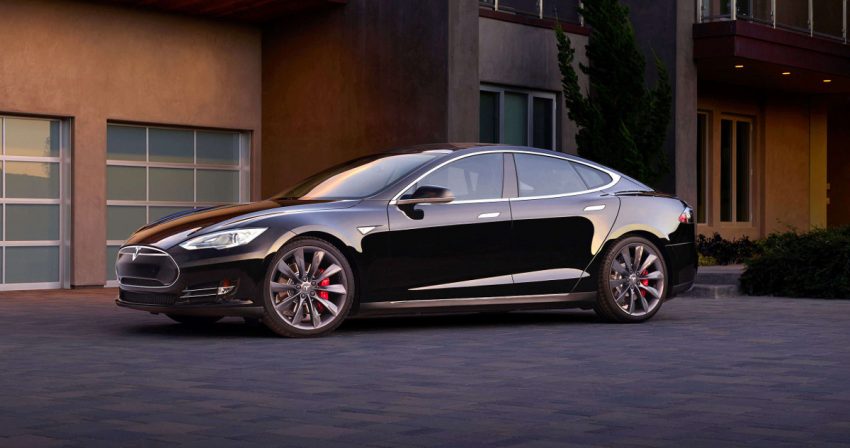
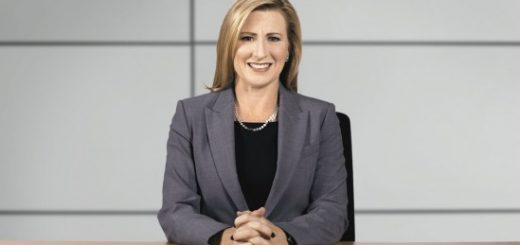
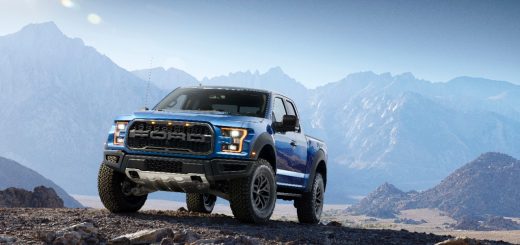
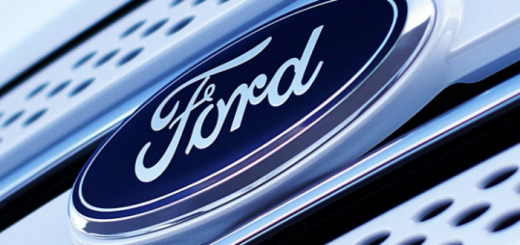
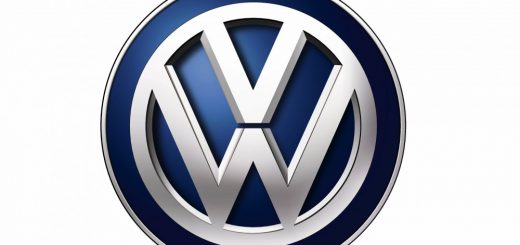
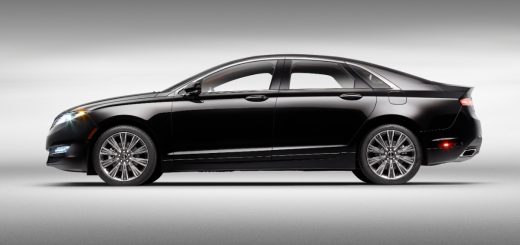
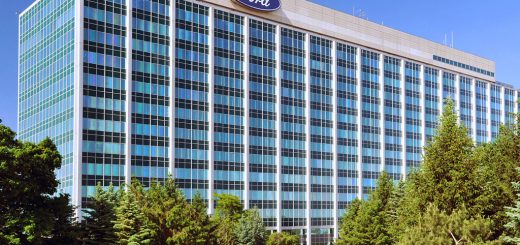






No Comments yet